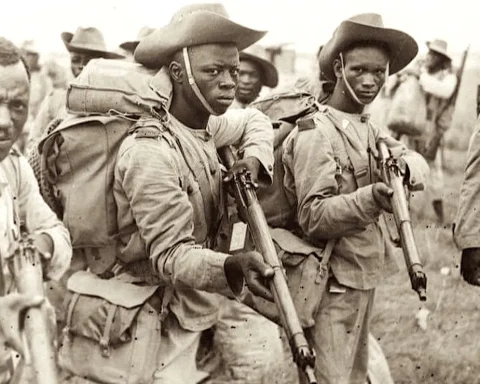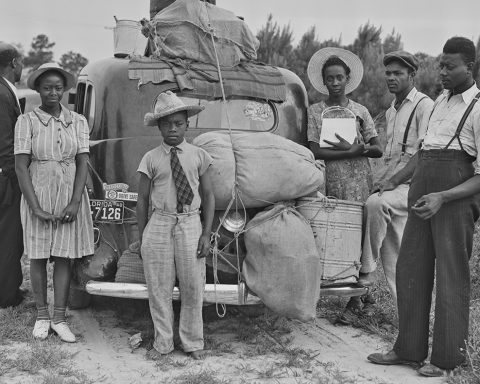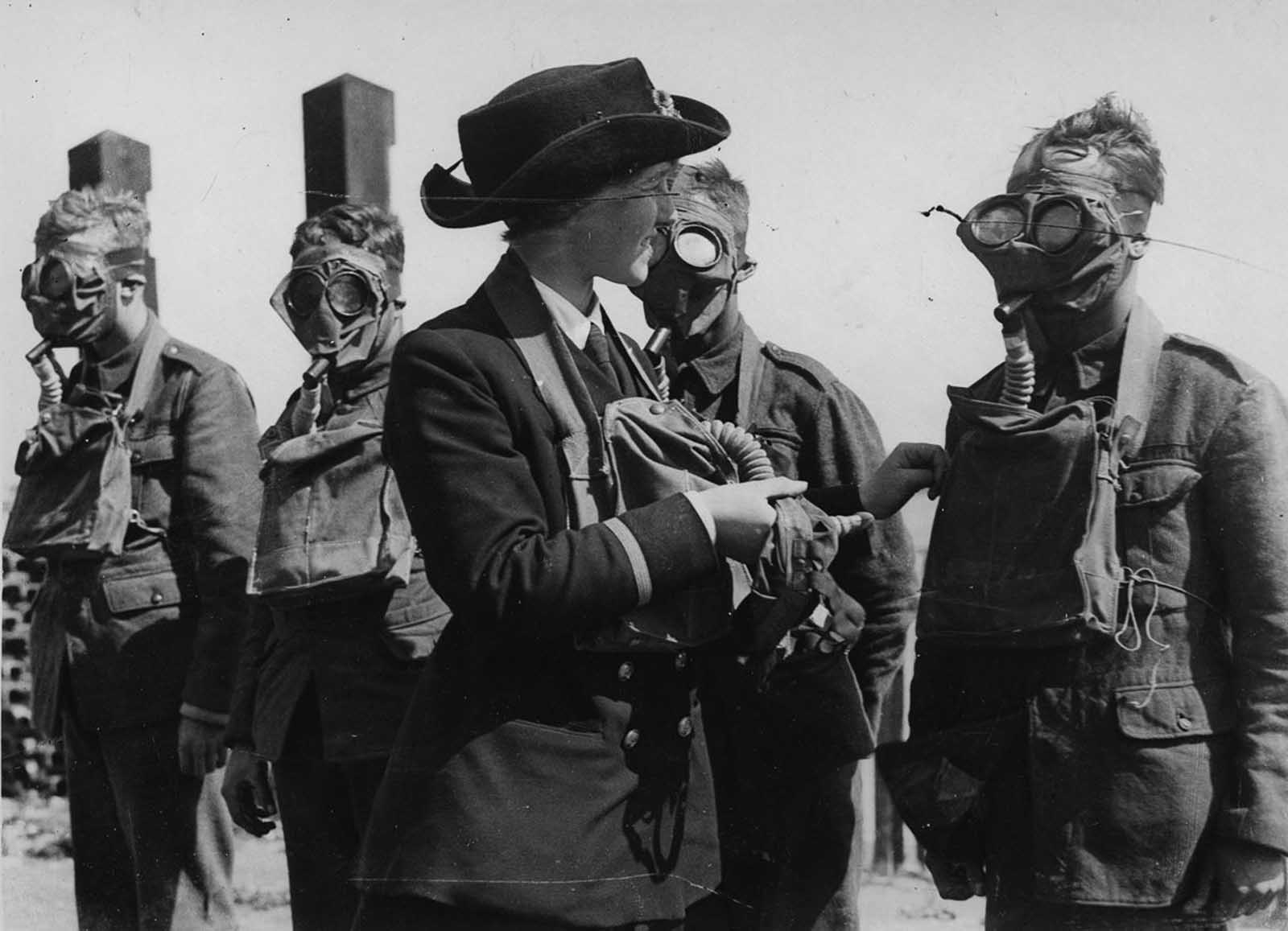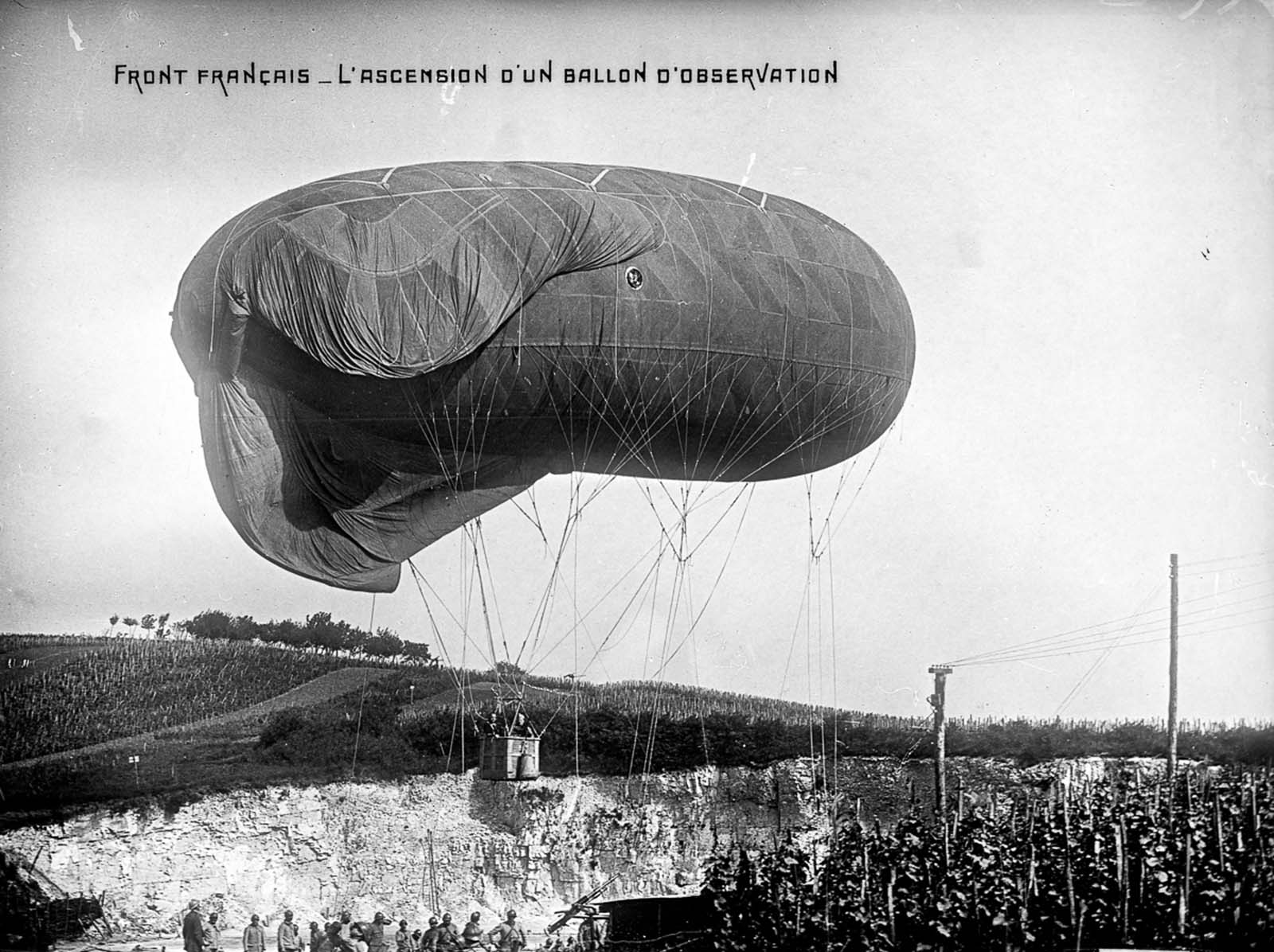Between 1 July and 18 November 1916, one of the most infamous battles of World War I took place. The very high casualties during the Battle of the Somme earned Sir Douglas Haig, who devised the plan for this battle with Sir Henry Rawlinson, the nickname ‘The Butcher’.
Here are some facts about the Battle Of The Somme and how it was so deadly:
The Battle of the Somme lasted nearly five months
Even though this was one of the most costly battles in World War I, the first day of the battle is most remembered because of the number of deaths recorded.
After bombarding the German lines for over a week, the British troops advanced to discover that the German defences, contrary to their belief, hadn’t been too affected by the assault. It went on for so long that it became a battle to wear each other out first.
There were over a million casualties
The war was so bloody that it took the lives of more than 19000 British soldiers and over 38,000 seriously injured. This remains the most significant amount of loss ever encountered by the British army in a day.
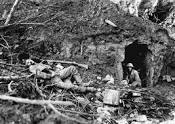
The casualties were hefty on both sides, and by the end of the war, over a million men from Britain and her Empire forces and France and Germany were recorded as casualties.
It was the first significant battle of Britain’s new volunteer army
In 1914 and 1915, many men volunteered to join the British Army. After training for a year, they began to be put in active service, especially on the western end.
However, the Battle of the Somme, which was the largest offensive Britain had ever launched, was made up of primarily civilian volunteers rather than professional soldiers and so didn’t have so much military experience.
The British Army gained valuable experience
The battle turned the British volunteer army into one hardened by the battle. The British military improved artillery and infantry tactics and integrated new weapons, like tanks, into the British Army’s methods. They also gained experience that served a crucial role in helping them win World War I.
This came at a very high cost, especially in casualties. However, soon enough, the German Army realised that the British Army was a significant opponent.
20 million people saw film footage from the battle
The first feature-length film to record soldiers in action, The Battle of the Somme, was an official documentary film by Geoffrey Malins and John McDowell. They showed the preparations and early days of the battle.
In the first few months of its release on the 21st of August 1916, over 20 million people saw the movie, and while most of them did so in hopes of getting glimpses of their loved ones, the movie was filmed to show that the Big Push was a success.

